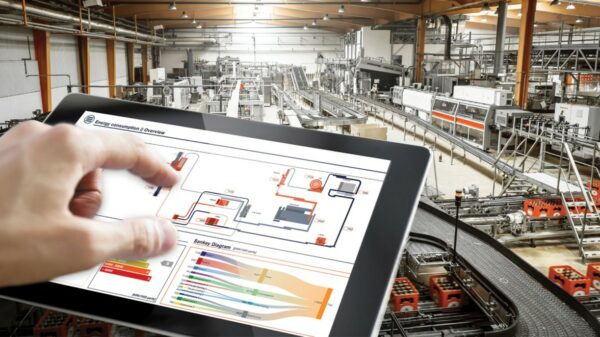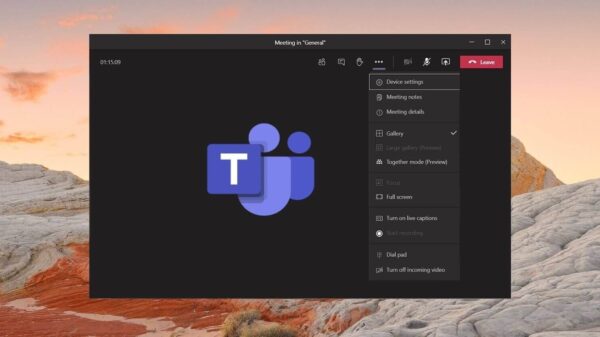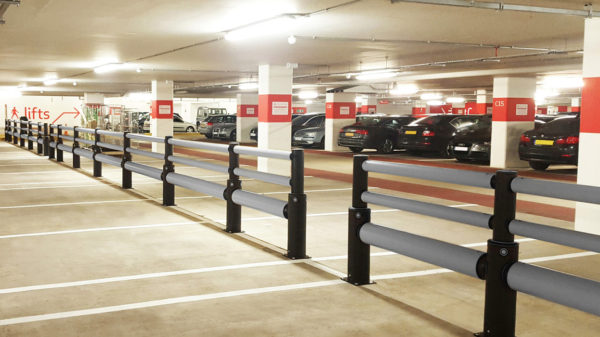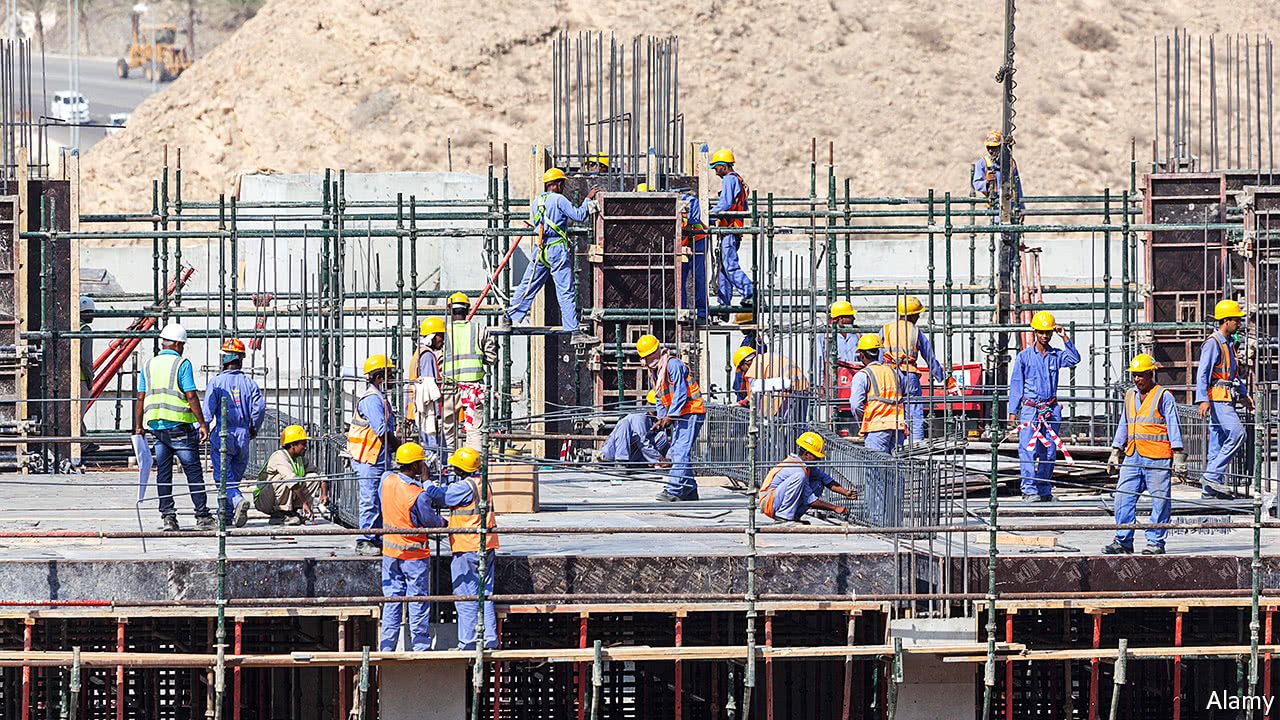Construction business is tricky in nature. If you own a construction project, the construction process will test your patient quite a lot of times in the meanwhile. One of the key concerns that you may face in your upcoming project is the lack of lab productivity.
You will need to devise a strategy for productivity improvement in Construction with the help of planning tools. This will enable you to save your project from unnecessary delays and cost escalations. Thus, you can aim for the timely completion of your construction project.
This article aims to introduce you to a methodology for effectively managing labour productivity in your next construction project.
Steps to manage labour productivity factors in construction with tools
Labour productivity declines in construction projects owing to many reasons. Some reasons are directly related to the labourers, while many others are related to the on-site conditions, and inconsistency in the contractual terms. While you own the project, you cannot deal with all the problems arising during construction by yourself due to a lack of expertise.
For this, you can get the services of a construction consultancy and ask them to provide you with a quantum and a delay expert witness. These professionals will help you identify the causes underlying major problems facing your project.
Labour productivity management steps are as follows:
1. Select prominent Labor Factors
Construction planning tools allow you to form a set of labour productivity factors and assign them values. These values enable you to factor in the causes, causing a decline in productivity in the construction activities. Identify those factors affecting labour productivity in your project. These tools allow you to add new factors particular to your project or use an already available set of factors and assign the values.
2. Filter to Find Material and Equipment Availability
In the planning tools, you are able to filter the equipment and materials underuse in your project. It lets you eliminate the materials not required and manage those which are required and are there in abundance. The tools also allow you to visualize the materials and equipment in the form of a table so as to monitor the availability or need for procurement.
3. Use Filtering to Visualize Congestion
With the help of 3D modelling, you can visualize the physical placement of material and equipment in the warehouse or on-site. Sometimes the place where labourers are working is too congested to work with ease. There are hindrances that cause the speed of work to slow down. With an ability to visualize it on software, you will be able to decide the placement of materials at the time of procurement.
4. Manage Constraints
Every project has different requirements and a different set of constraints. Modern planning tools let you manage those constraints easily. From equipment, material and documentary permits, you can easily manage everything in the shape of work packages.
Productivity management is crucial in construction!
It doesn’t take a construction project too much carelessness to go south. All the parties are working simultaneously. The project span is long. The activities are numerous. How do you expect the successful completion without making important considerations and taking active steps for it?
Make sure you have listed down the important factors which cause a lack of productivity. Make sure you take into account the factors which are related to labours as well as the factors which are related to the contractor and the site conditions. Only after making a list of all these factors can you rely on planning tools and optimize the productivity of your project.
Modern planning tools are very helpful in managing your labour and equipment. Choose the most suitable planning tool for your project and rely only on the best consultants!
More Recommended:
HOW CAN AN ACCOUNTANT HELP SMALL BUSINESS SUCCEED?































































You must be logged in to post a comment Login